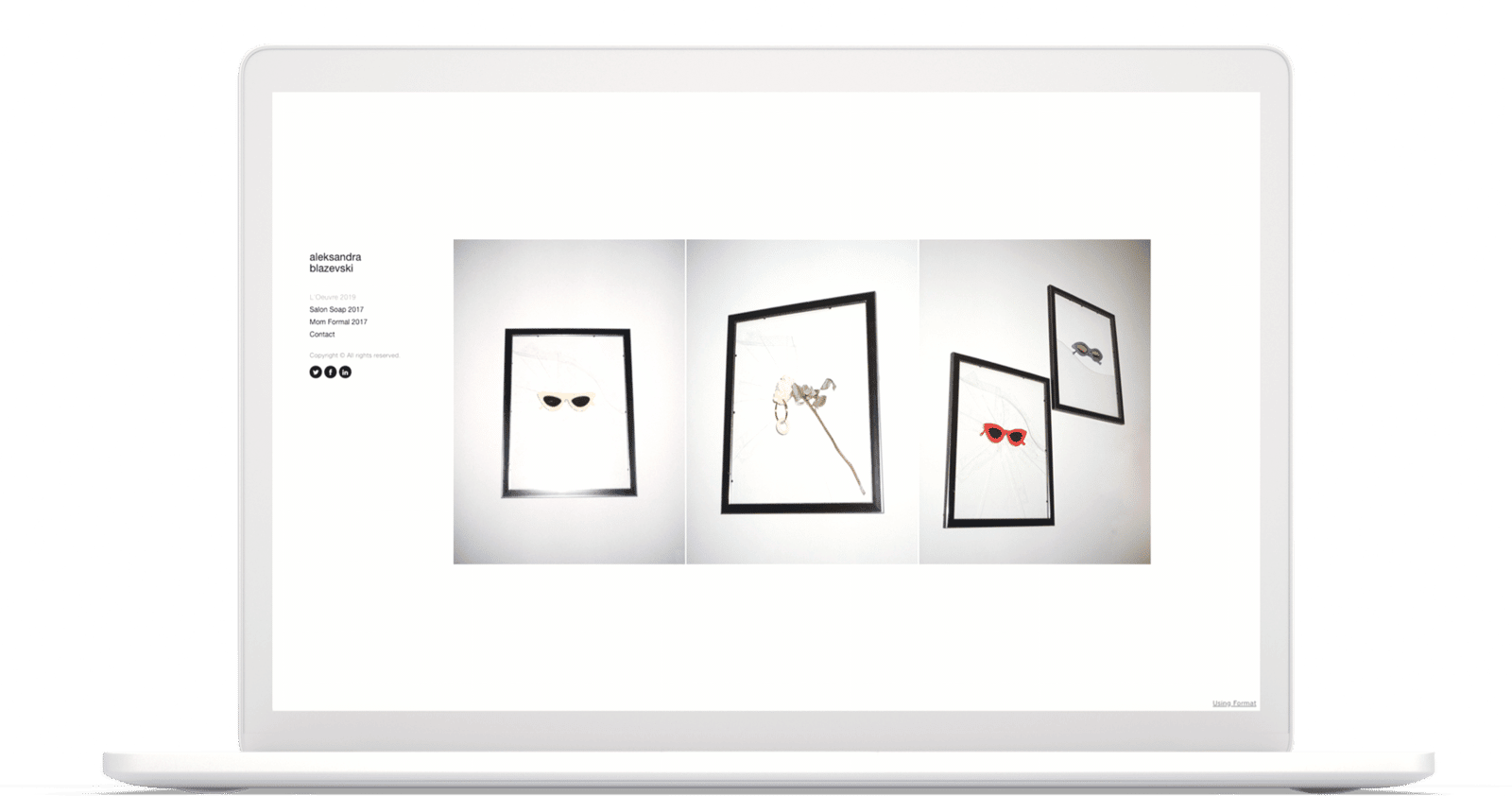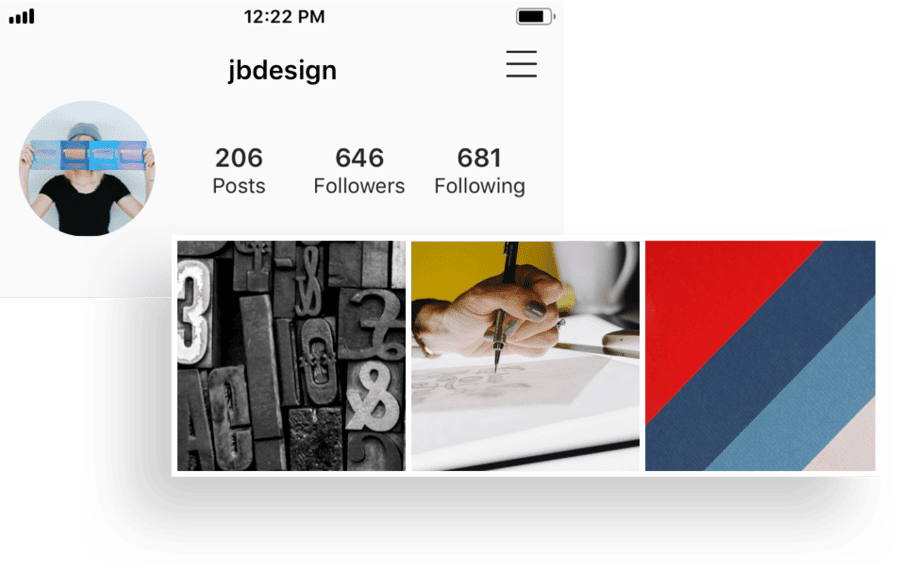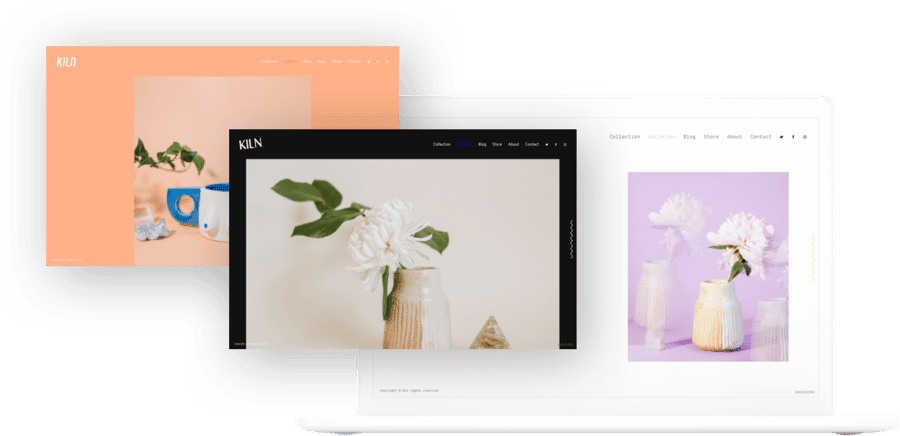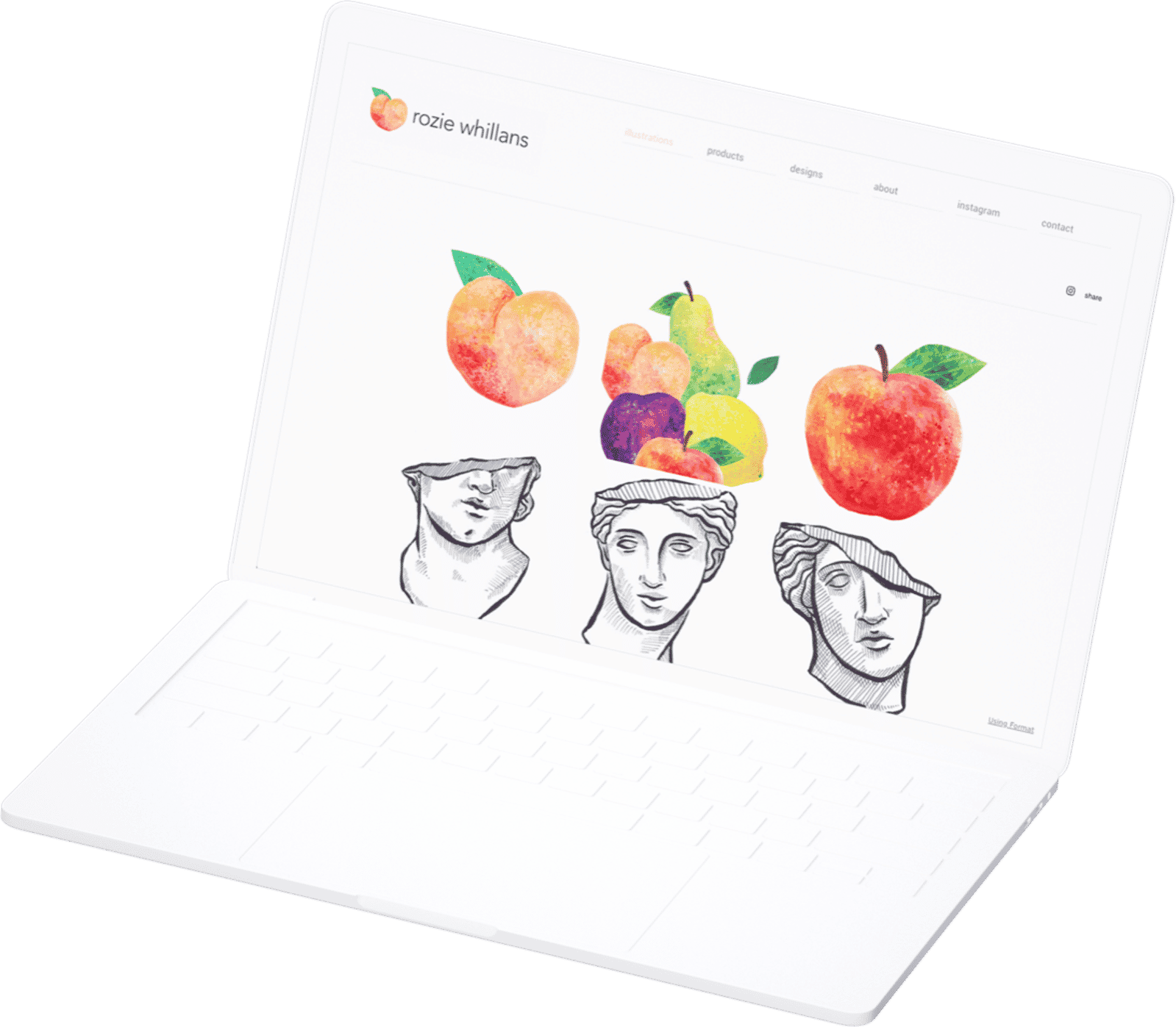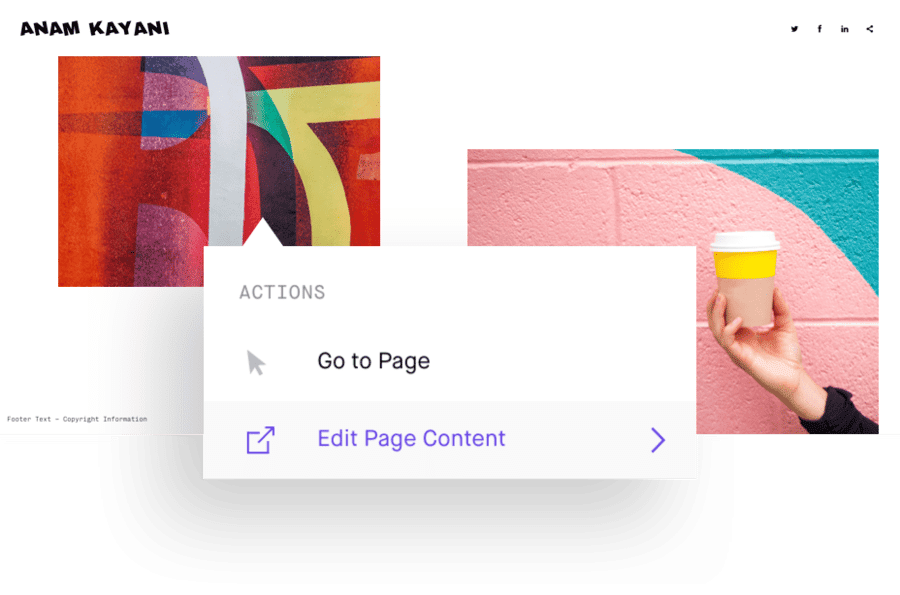
The Importance of Online Portfolio Websites for Students
Maintaining a portfolio gives a student the opportunity to document and assess their progress in school. In doing so, a folio becomes a learning tool to help students understand the importance of what they’re studying and see their own progress unfold in real time. Oftentimes, students don’t recognize the progress they’re making at school, and get frustrated when they hit stumbling blocks. Seeing the trajectory of one’s schoolwork can serve as positive reinforcement for a student.
Portfolios also help teachers and parents assess students’ progress. Aside from being a student learning tool, a folio can also stand as a measure of a teacher’s effectiveness. Meanwhile, for parents, a folio gives a better understanding of how well their child is coping in school and what they need to improve. In essence, a digital folio is both a way of facilitating learning and assessing what works and what doesn’t for both students and teachers.
On the other hand, portfolios are also useful tools for graduating students interested in the visual arts. Many visual arts colleges require some kind of documentation of an applicant’s skills, and with a decent portfolio, a student boosts their chances of getting into the college of their choice.
